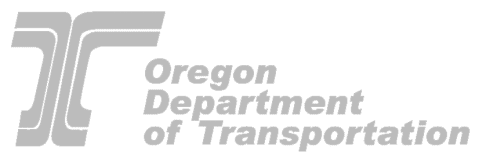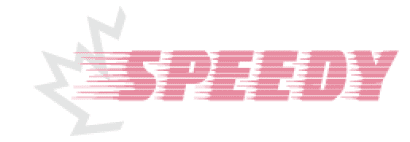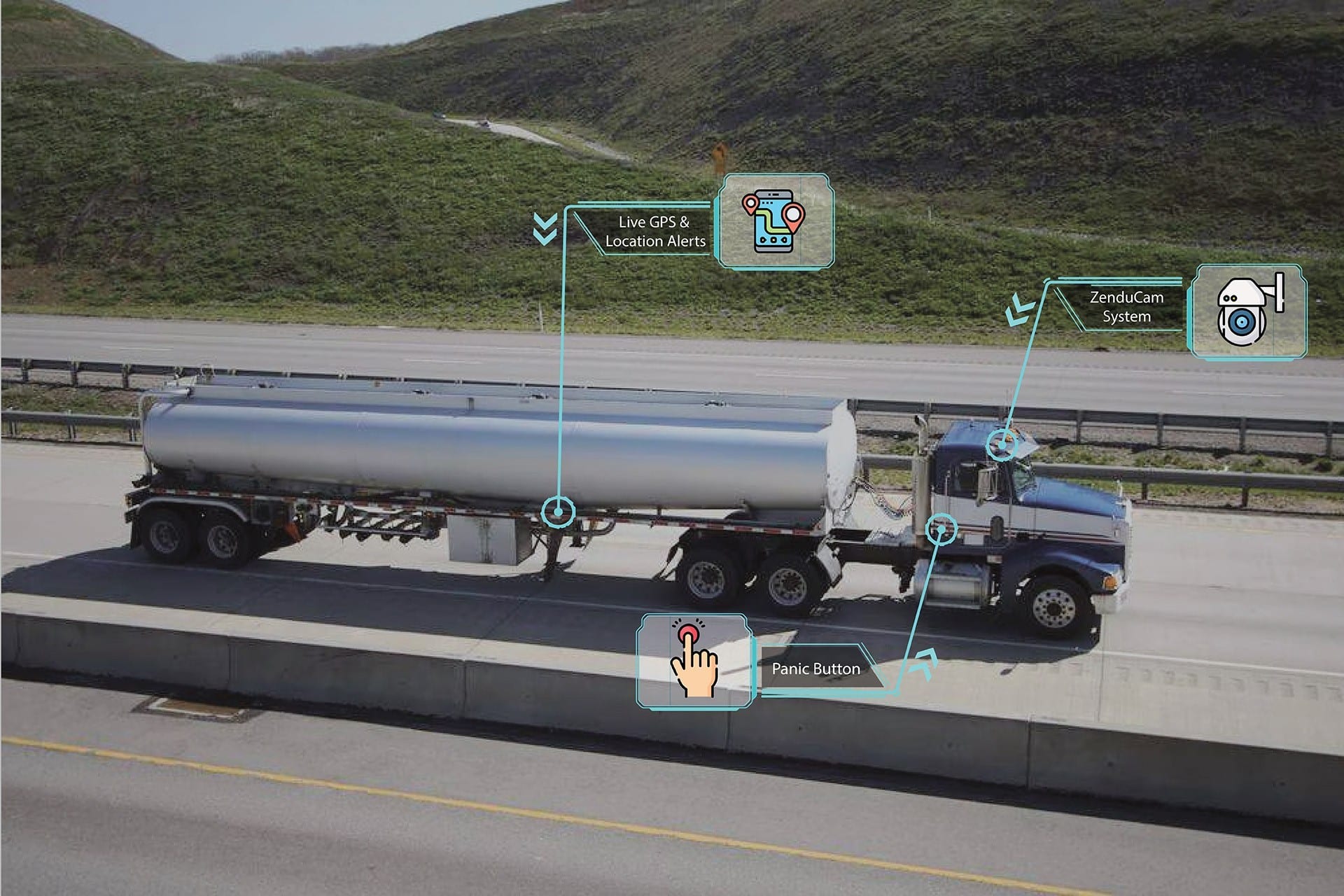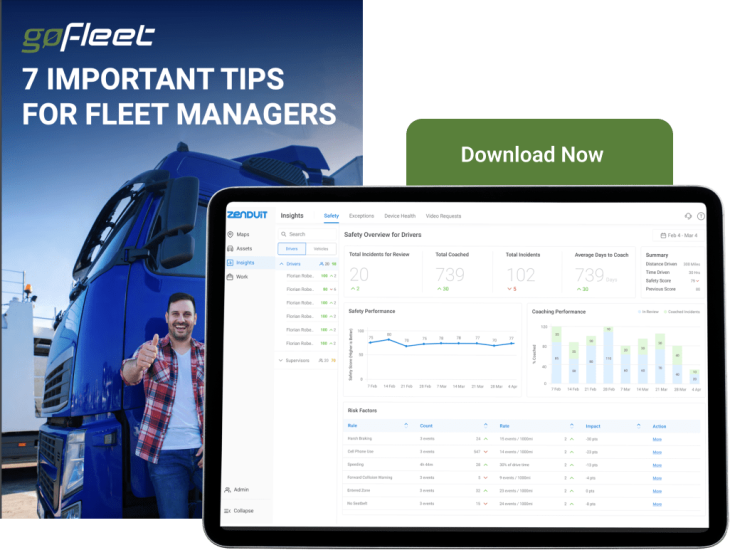#1 Fleet Management Software One platform for fleet maintenance
Powerful Fleet Telematics Trusted in over 3 Million Vehicles.
GPS FLEET TRACKING
GPS FLEET TRACKING
Fleet Dash camera & ai
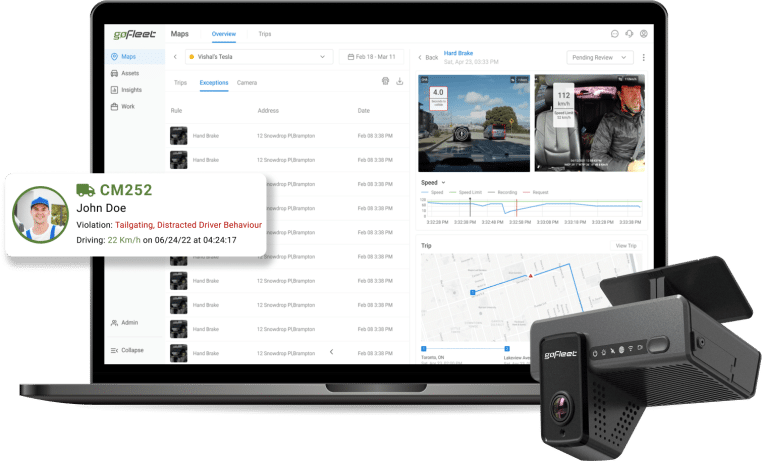
Fleet Dash camera & ai
ELD & Driver apps
ELD & Driver apps
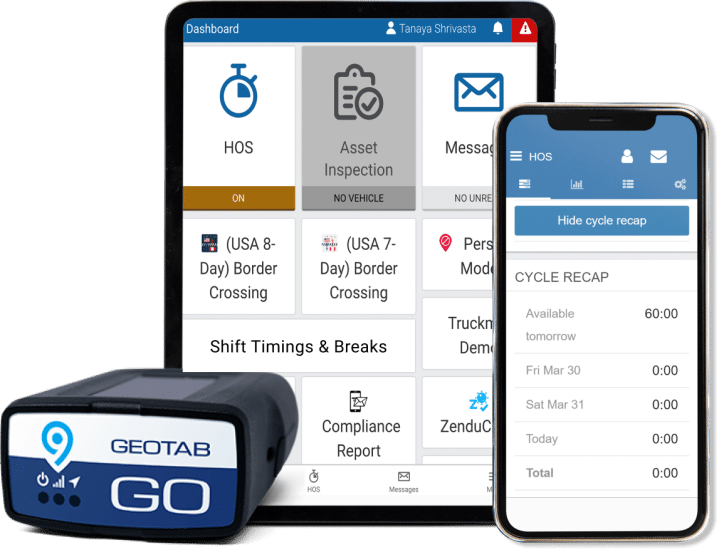
Asset monitoring & COLD CHAIN
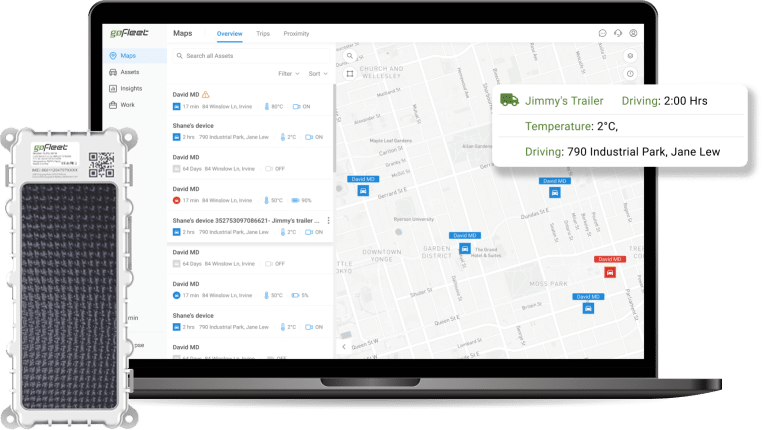
Asset monitoring & COLD CHAIN
Field Work management
Field Work management
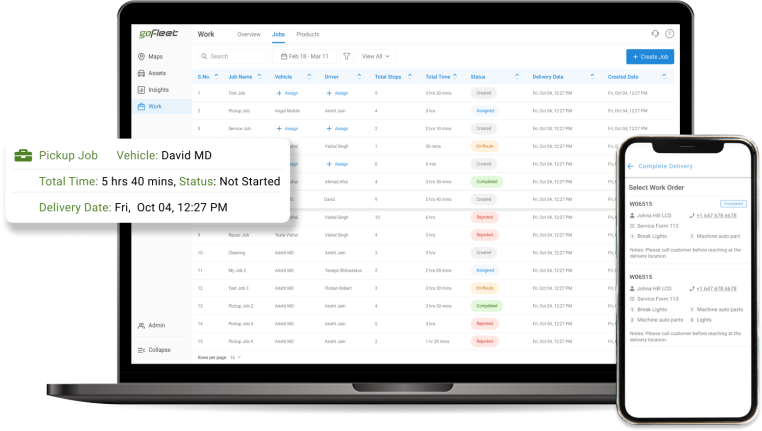
Maintenance work order management
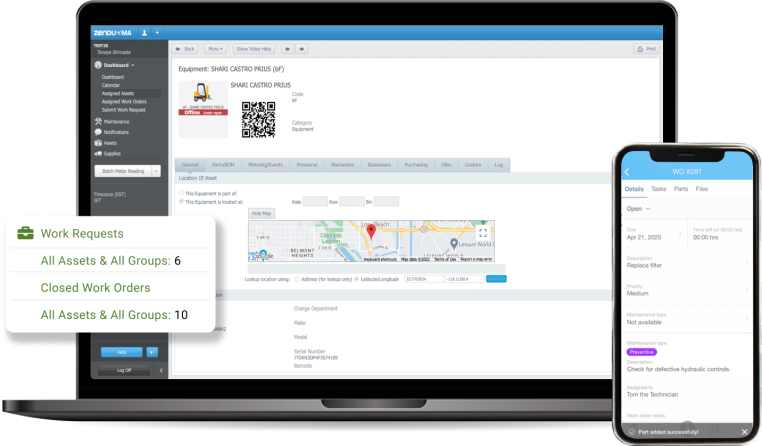
Maintenance work order management
Indoor tracking & temperature Monitoring
Indoor tracking & temperature Monitoring
FLEET MANAGEMENT SYSTEM FOR YOUR INDUSTRY

Construction: With the growth of urbanization and population density Construction companies are growing and expanding their operations geographically. They have to manage projects in different geographies with tighter deadlines and optimize the resources available to optimize operations. Adoption of digital technologies can increase productivity and operational efficiency of their on-site operations... More about Construction
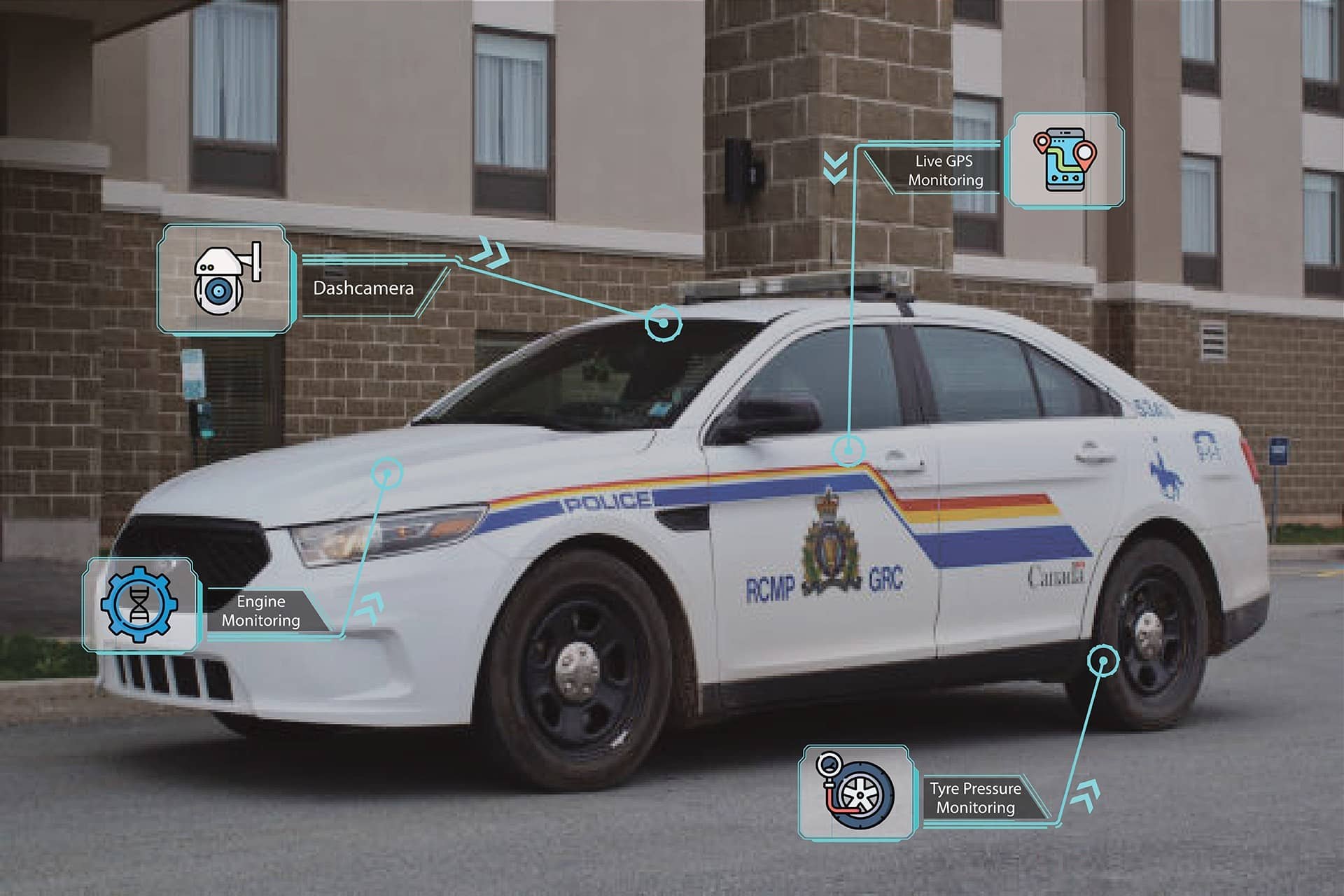
Government: GoFleet partners with Geotab which is registered with Sourcewell as a member. One of the benefits of partnering with Geotab means that we can offer our customers Geotab’s pre-negotiated agreement to offer governmental, educational, and non-profit entities various GPS tracking, engine diagnostics, as well as telematics solutions and accessories.... More about Government
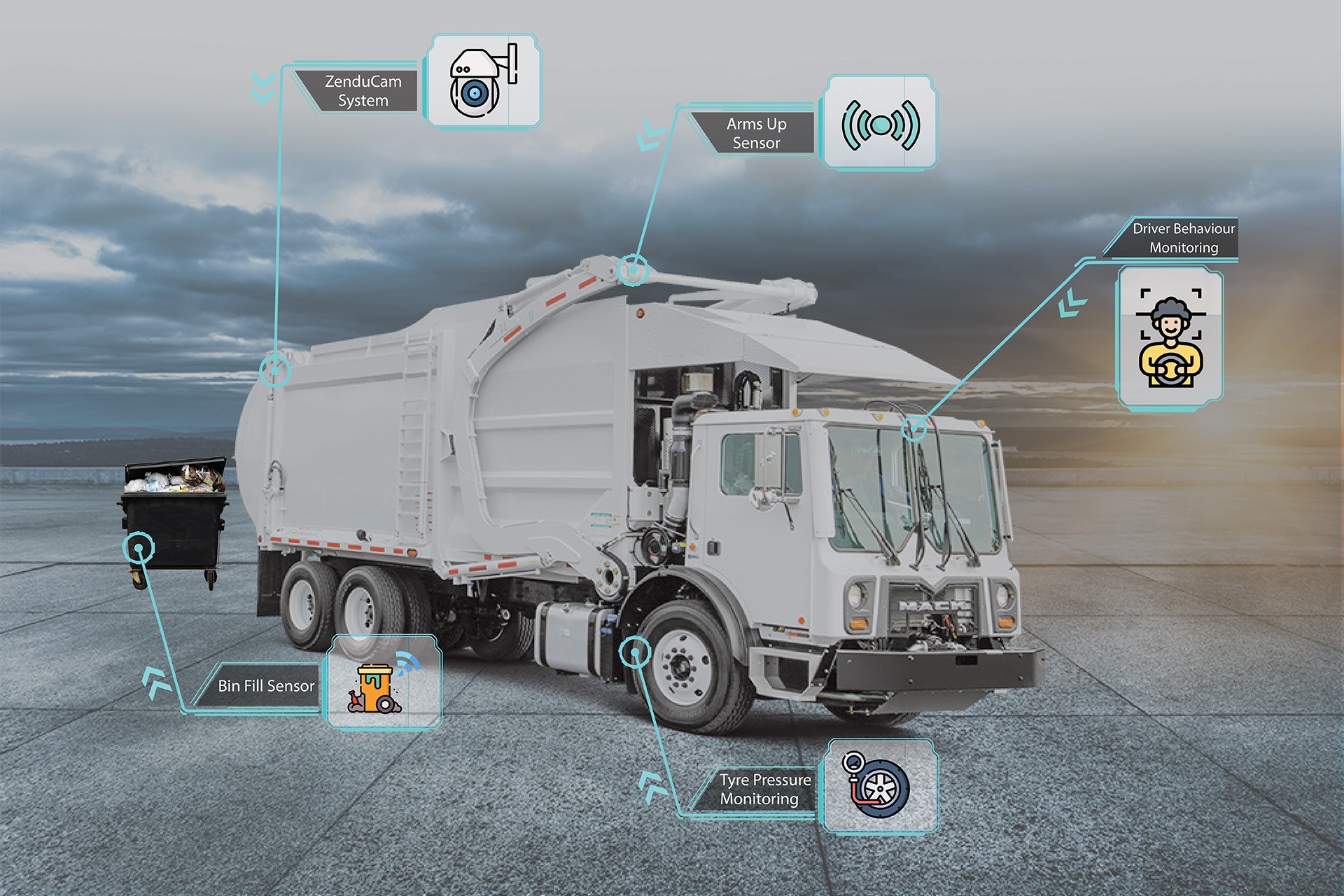
Waste Management: The urban waste collection process is very complex and requires a significant amount of resources as it grows. With the increasing adoption of digital technologies in utility management, the need for advanced technology is increasing rapidly for Waste management. Waste management companies can increase operational efficiency, cut costs, and enhance customer satisfaction with IoT... More about Waste Management
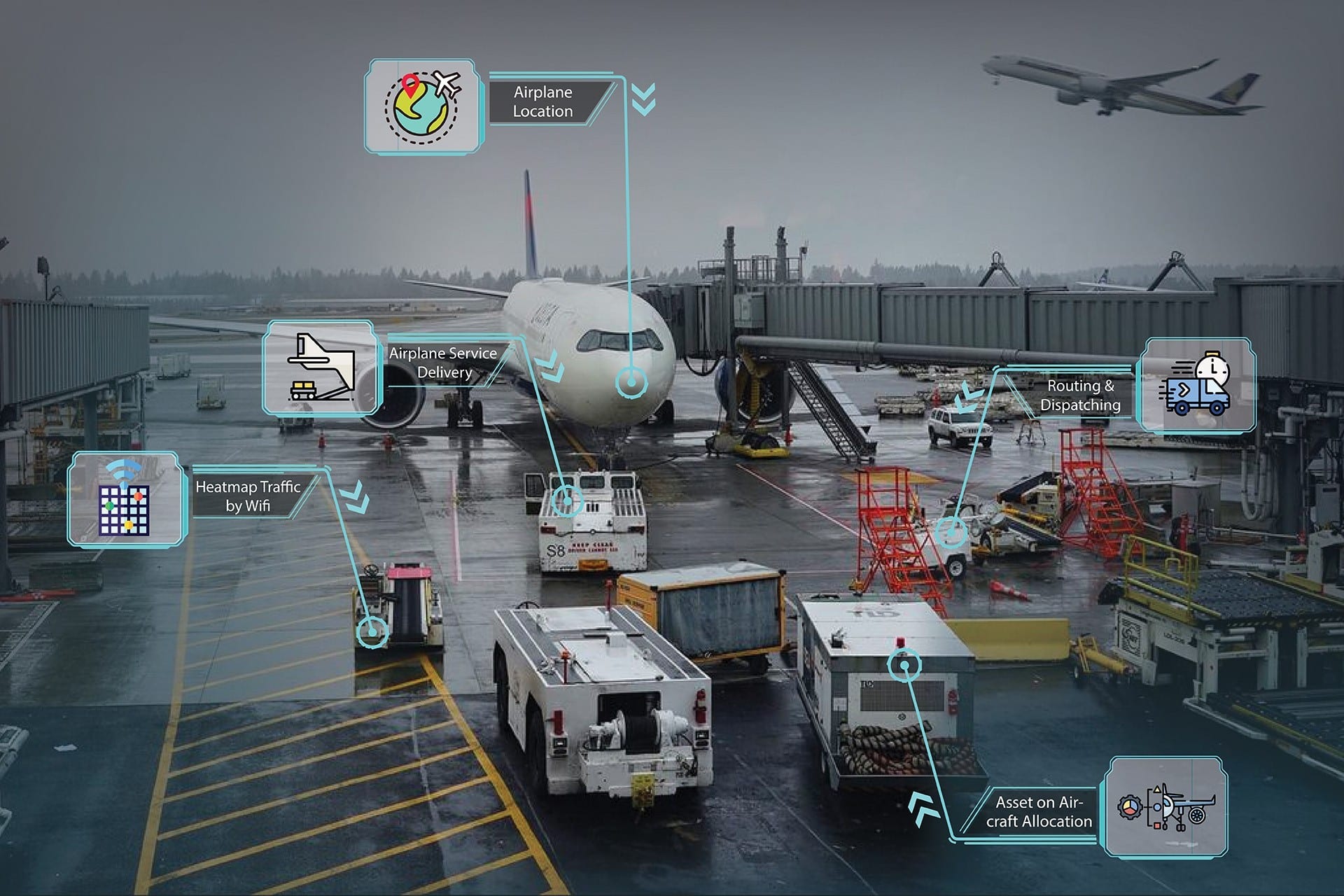
Airports: As airports become more digitally connected, the Internet of Things (IoT) can present exciting opportunities. Airports can leverage IoT and Digital Technologies to transform their operations and make airport navigation easier, reducing anxiety related to baggage while enabling smart retail operations. This helps them in transforming their travelers' experience and generating new revenue... More about Airports

Emergency Response Solutions: In Urban cities, which consist of little or no planned roads and intersections, there is a strong need to prioritize the passage of emergency vehicles. Adoption of Digital technologies can help utilities to provide priority passage and routing to such vehicles in extreme traffic conditions. It also enables connectivity with Network Hospitals to provide personalized training, and equipment available for treatment, thus creating a completely automated system... More about Emergency Response Solutions
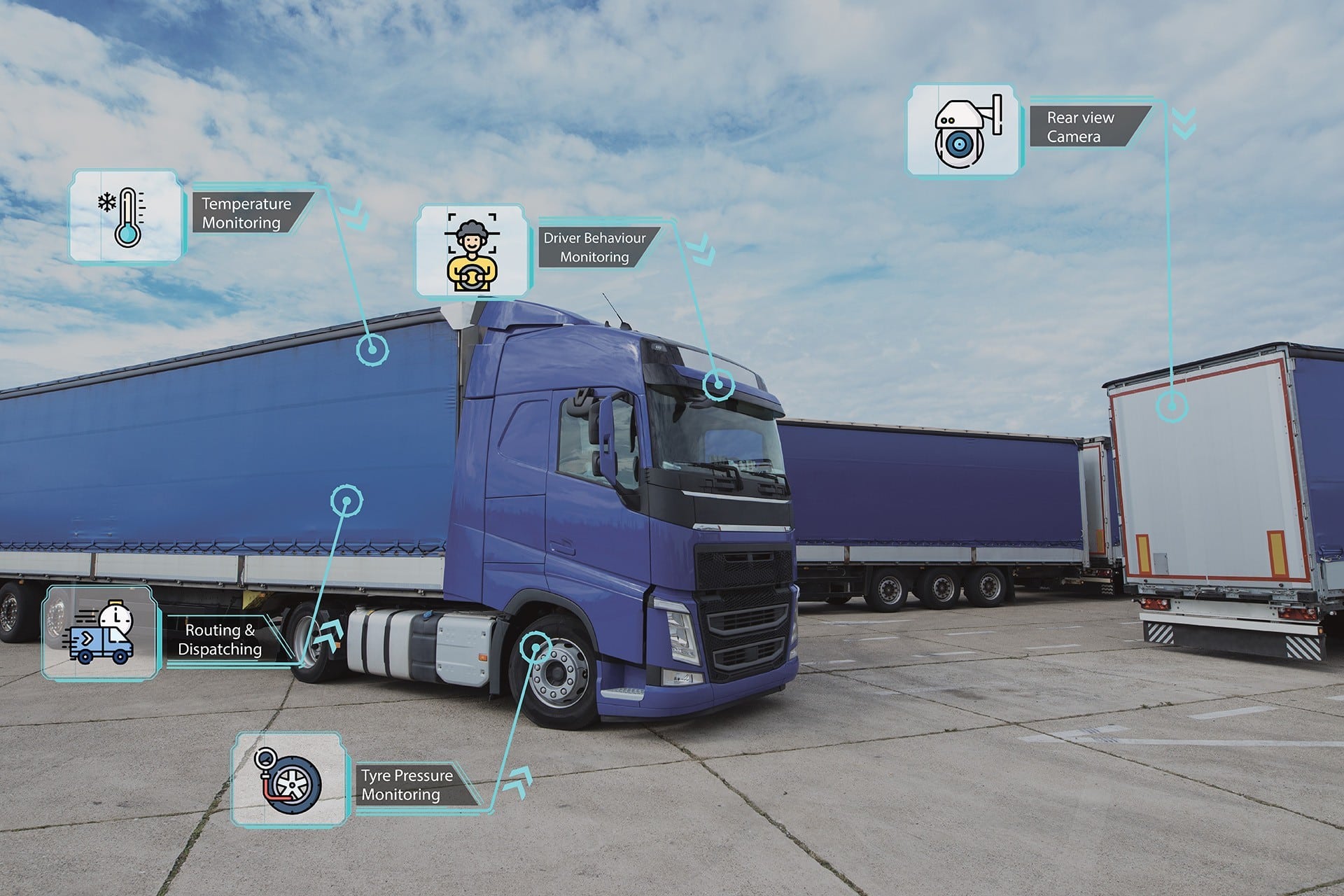
Transportation: The Travel and Transportation industry is facing tremendous challenges to adapt to the ever-changing emissions norms and regulations of various geographies while operating profitably. The gradual transformation of travel and transportation means that organizations need to start to digitize their processes and planning to ensure long-term viability... More about Transportation

Forestry: Accidents and other common dangers associated with forest activities have increased in frequency and severity over time, especially without the use of a GPS tracking service. With the help of the Internet of Things (IoT) and other connected technologies, fleet managers can keep tabs on the vehicle location whereabouts, driving habits, and fuel consumption of Forest Service vehicles in real time. It also helps fleet managers to leverage valuable insights to better prepare for and carry out rescue operations.... More about Forestry
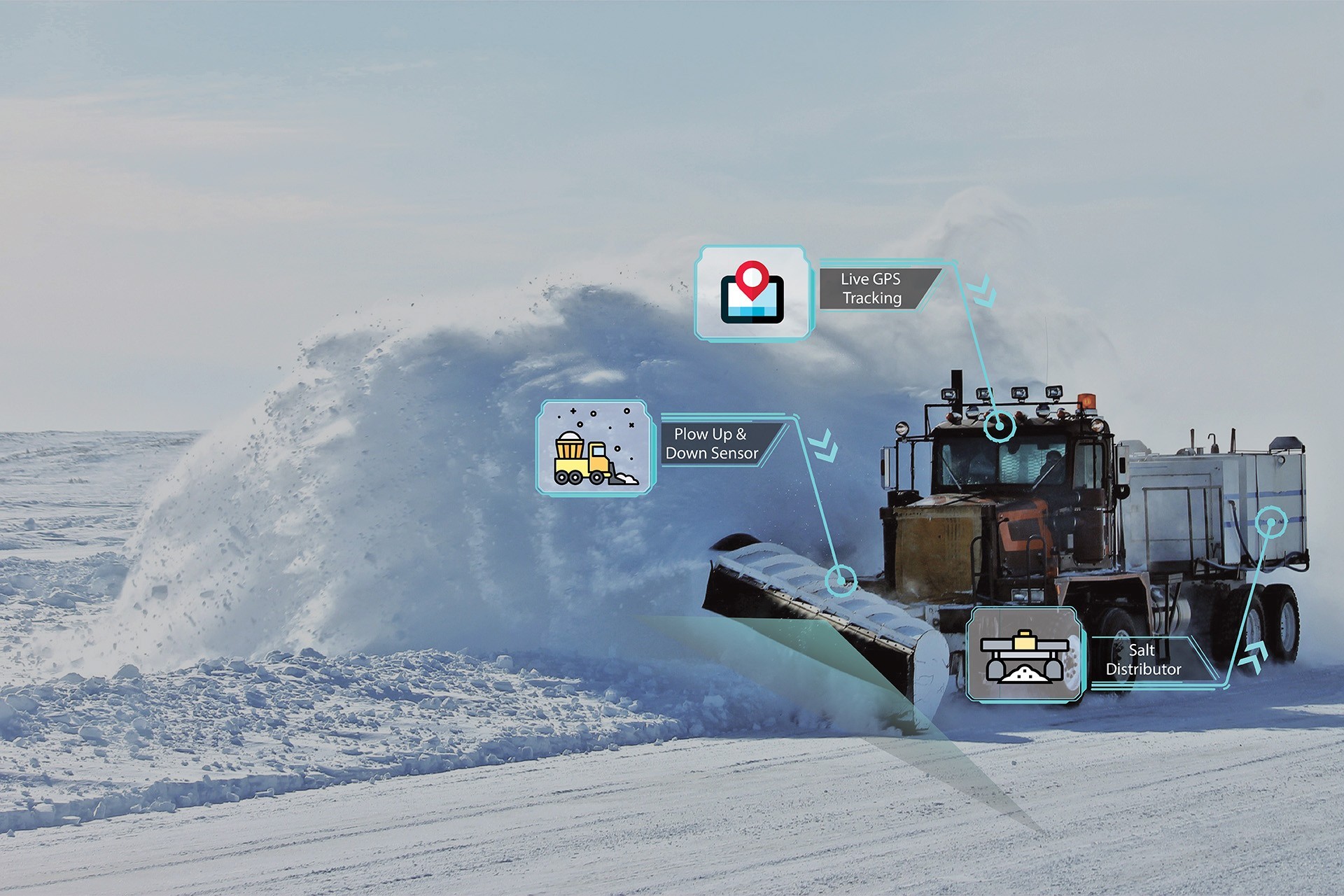
Winter: Councils and local authorities have substantial operational challenges when performing highway maintenance during the winter months. An increase in the availability of IoT networks and their ease of deployment has led to governments adopting connected infrastructure which improves operational efficiency and enable sound business outcomes thus reducing rates of accidents and disruption to routes... More about Winter
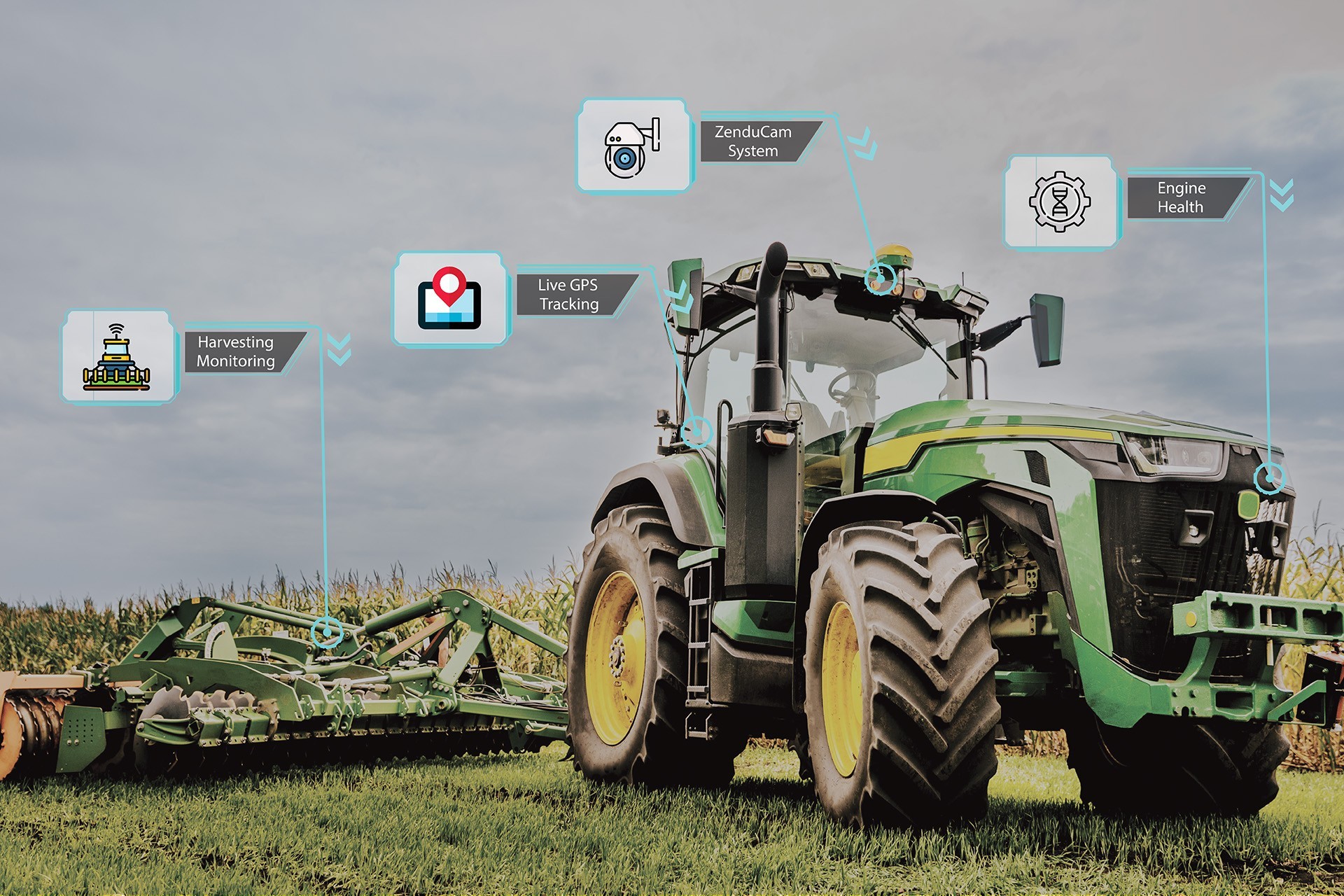
Agriculture: Internet of Things (IoT)-enabled smart farming sensors, modules, and software help farmers fine-tune their responsiveness to crop and livestock variabilities through real-time data gathering and powerful insights. This enables farmers to transform their legacy operations and optimize their processes to enable sustainable and profitable crop growth... More about Agriculture
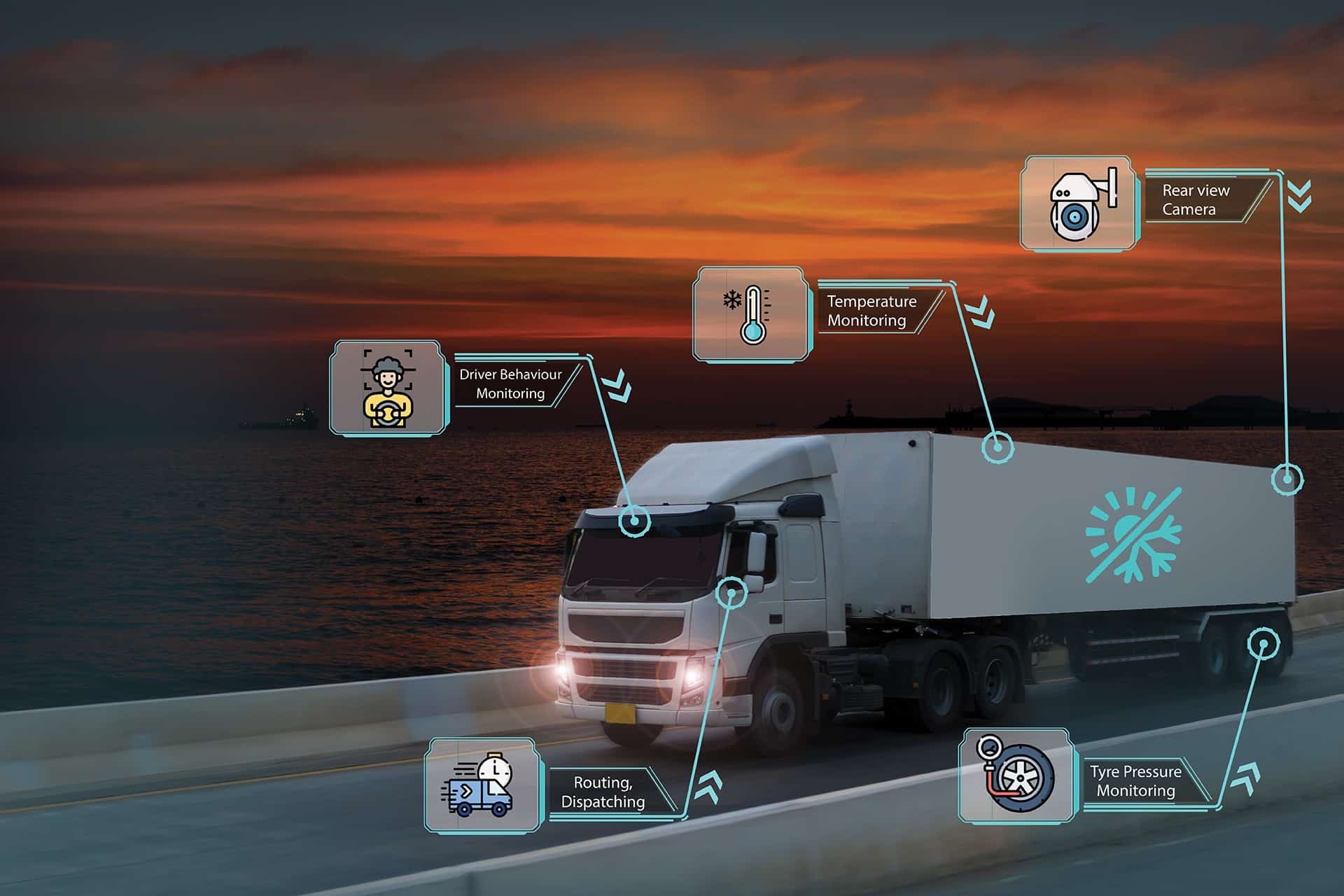
Food and Beverage: The Food and beverage industry is experiencing unprecedented difficulties. They need to address the ever-evolving stringent norms of FDA norms while managing customer behaviour and expectations. To rise to this challenge, cutting-edge technologies like AI and Digital Technologies offer critical advancements to help organizations adapt to the new normal... More about Food and Beverage

School Transportation: The rising number of traffic accidents and crime rates has many parents worried about the security of their children while they are traveling on the school bus. With the adoption of IoT-based solutions, school buses have become more reliable and safer as parents can track the real-time positioning of their children. Bus operators can review the key details of operations enabling them to make informed decisions to increase productivity... More about School Transportation

Health Care: The global spread of the COVID-19 virus has increased the urgency for healthcare institutions to adopt digital innovation and implement technological solutions. The healthcare sector needs to transform its architecture, and key systems to unlock key insights. This can enable them to deliver health and human services remotely and drive improvements in cost and quality, innovation, and outcomes... More about Health Care
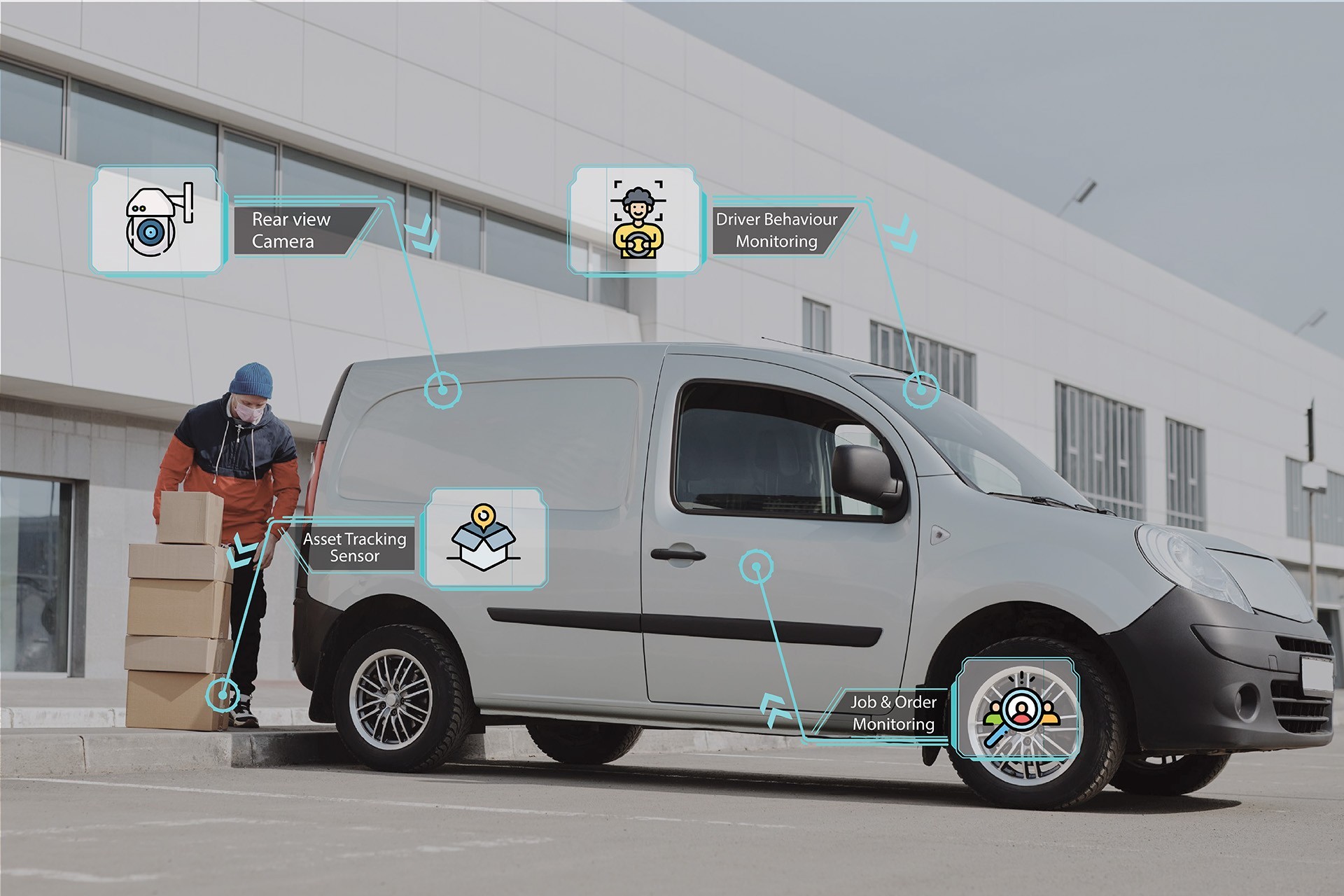
Delivery: The rising popularity of online shopping and doorstep delivery has increased the pressure on the logistics and delivery sector to improve its performance. This presents new possibilities for Delivery industries to adopt IoT and AI technologies to transform into digitally enabled, data-driven enterprise that delivers not only packages but an excellent experience... More about Delivery

Public Transportation: Adoption of Digital technologies and smart connected public transportation systems will enable transport operators to transform their fleet operations and further improve the passenger’s experience on public transit by offering real-time shuttle tracking, alerts and notifications in case of a critical event, and personalized travel news to passengers... More about Public Transportation
Stay ahead. Join our industry updates
Manage and Track 100+ Assets in Real Time
GoFleet has helped us to drive innovation, productivity and sustainability across our fleet operations. It has now enabled us to manage and track assets and equipment’s in real-time across geographies and mitigate risks.


Powerful Telematics Ecosystem for Making Informed Decisions
GoFleet have helped us establish the foundation of powerful telematics ecosystem to efficiently manage our fleets and operations. The platform has enabled us to track detailed insights of our utility operations thus aiding us to make informed decisions.


75% Increase in Efficiency for Utility Operations
GoFleet has helped us to cut down the effort required for fleet management and garbage collection operations by 75% while also being the trusted and reliable partner to accelerate our transformation journey.



